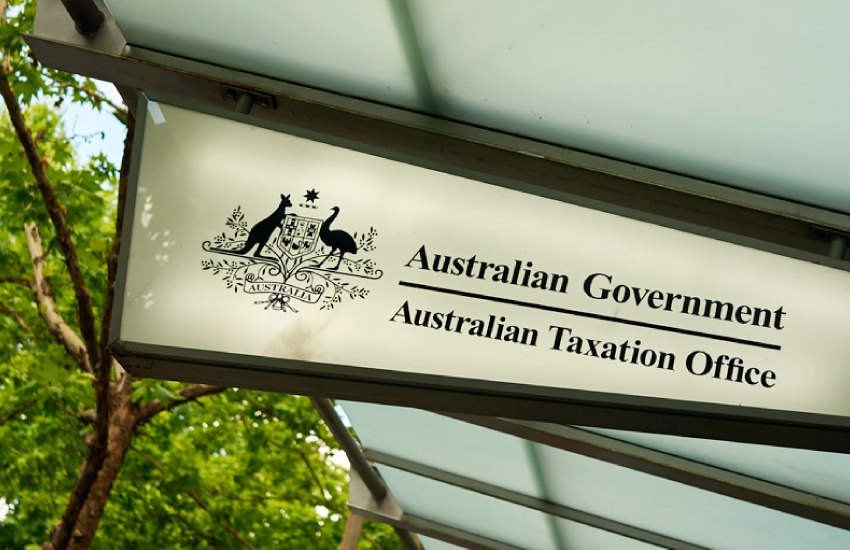Transfer of loan amounts flagged as vital compliance step for LRBAs
With greater numbers of SMSFs turning to related-party loans after several banks withdrew from the SMSF lending space, a law firm has stressed the importance of ensuring that an actual transfer of money has taken place.
In an online article, Townsends Business & Corporate Lawyers explained that, with borrowing options becoming more limited and SMSFs using related-party loans to fund property purchases, it’s vital that SMSF professionals and their clients are undertaking all the necessary compliance steps.
“When it comes to related-party borrowing, the importance of actually transferring the loan amount from the lender to the borrower, or to the vendor at the direction of the borrower, is sometimes overlooked, particularly in the circumstances where the same individual is the vendor, the lender and the fund trustee,” Townsends said.
The law firm cautioned that, if SMSFs are considering these types of transactions, just having formal loan documents noting the arm’s length loan terms may not be sufficient.
“The ATO’s current view is that there needs to be a transfer of money from the lender to the borrower as a necessary feature of a borrowing as referred to in the Superannuation Industry (Supervision) Act 1993,” it said.
“Journal entries or set-offs do not meet the requirements of a borrowing. The ATO has relied on old rulings in other contexts to distinguish loans from financial accommodation.”
The law firm gave an example of John, the sole member of an SMSF and sole director of the fund’s corporate trustee.
“After seeking financial and tax advice on the benefits of owning a property in his SMSF, John decides to sell his investment property valued at $1 million to his SMSF. As his SMSF’s available balance is $200,000 short of the market value, he will enter into a contract with the SMSF for a loan of $200,000 to fund its purchase using a limited recourse borrowing arrangement,” Townsends explained.
“In lieu of paying the loan amount to the SMSF, he received $800,000 as the vendor from the SMSF on settlement, the $1 million sale price less his ‘loan’ of $200,000 to the fund. But is that $200,000 really a loan?”
Townsends warned that, in this example, John should have actually transferred $200,000 from his personal account to the fund as an advance of the loan amount, and received the whole $1 million on the settlement of the property sale contract.
“If the transaction is deemed to be an arrangement other than a loan, the LRBA exception under the SIS Act will not apply and this may expose the SMSF trustee to civil or criminal penalties and place the SMSF’s complying status at risk,” it said.

Miranda Brownlee
Miranda Brownlee is the deputy editor of SMSF Adviser, which is the leading source of news, strategy and educational content for professionals working in the SMSF sector.
Since joining the team in 2014, Miranda has been responsible for breaking some of the biggest superannuation stories in Australia, and has reported extensively on technical strategy and legislative updates.
Miranda also has broad business and financial services reporting experience, having written for titles including Investor Daily, ifa and Accountants Daily.


